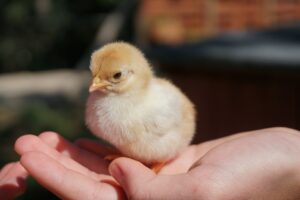
Event Cancelled - Due to HPAI - Franklin County 4-H Embryology Marek's Vaccine Training and Clinic
If you are a 4-H agent or Program Assistant who will hatch out chicks with 4-H Embryology, please join …



El inglés es el idioma de control de esta página. En la medida en que haya algún conflicto entre la traducción al inglés y la traducción, el inglés prevalece.
Al hacer clic en el enlace de traducción se activa un servicio de traducción gratuito para convertir la página al español. Al igual que con cualquier traducción por Internet, la conversión no es sensible al contexto y puede que no traduzca el texto en su significado original. NC State Extension no garantiza la exactitud del texto traducido. Por favor, tenga en cuenta que algunas aplicaciones y/o servicios pueden no funcionar como se espera cuando se traducen.
Inglês é o idioma de controle desta página. Na medida que haja algum conflito entre o texto original em Inglês e a tradução, o Inglês prevalece.
Ao clicar no link de tradução, um serviço gratuito de tradução será ativado para converter a página para o Português. Como em qualquer tradução pela internet, a conversão não é sensivel ao contexto e pode não ocorrer a tradução para o significado orginal. O serviço de Extensão da Carolina do Norte (NC State Extension) não garante a exatidão do texto traduzido. Por favor, observe que algumas funções ou serviços podem não funcionar como esperado após a tradução.
English is the controlling language of this page. To the extent there is any conflict between the English text and the translation, English controls.
Clicking on the translation link activates a free translation service to convert the page to Spanish. As with any Internet translation, the conversion is not context-sensitive and may not translate the text to its original meaning. NC State Extension does not guarantee the accuracy of the translated text. Please note that some applications and/or services may not function as expected when translated.
Collapse ▲
If you are a 4-H agent or Program Assistant who will hatch out chicks with 4-H Embryology, please join …

There are several mobile apps that are very useful in plant identification. These image-based identification tools have improved dramatically …
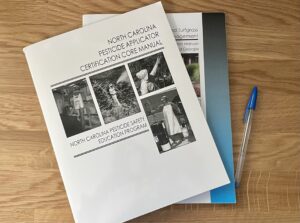
Pesticide Schools are hosted by the NC State Pesticide Safety Education Program with the help of the NC Extension …
Youth Flock Owners: Please read the latest update from the North Carolina Department of Agriculture and Consumer Services released on …
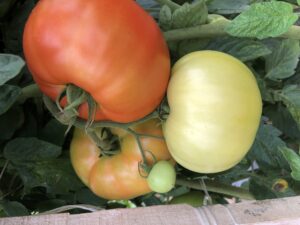
The North Carolina Tomato Growers Association recently hosted the Winter Vegetable Meeting in February. Attendees were asked a series …

Spring flowering plants like forsythia send an undeniable message that the temperatures are getting warm enough for plants to …
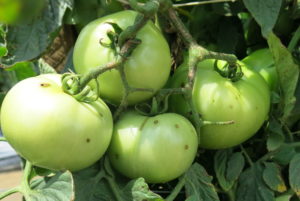
Anyone who grows tomatoes in North Carolina, from homeowners to commercial growers, eventually finds their crop is affected by …
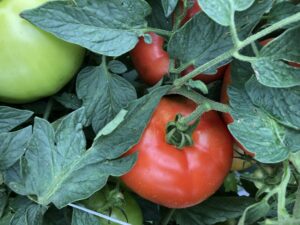
The fungicide spray guides for tomato and pepper are intended for commercial growers and are suggested products or programs …

Graduate student Kate Gorman is working with Dr. Elsa Youngsteadt, Assistant Professor in North Carolina State University’s Department of …
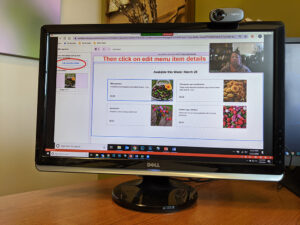
The future of webinars? Okay, now I know that sounds a little dramatic… The truth is, I have been thinking …
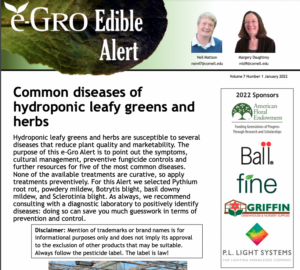
Although hydroponic production systems allow growers to control many factors to create a healthy crop, these systems do pose …
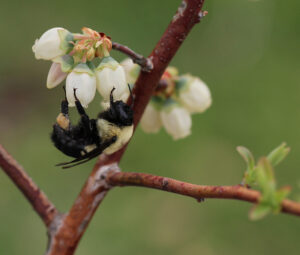
The Chatham County Center of North Carolina Cooperative Extension conducted two blueberry production webinars in November-December 2021. NC State …

The spotted lanternfly is a planthopper that is a serious pest of grapes, hops, fruit trees, and many ornamental …
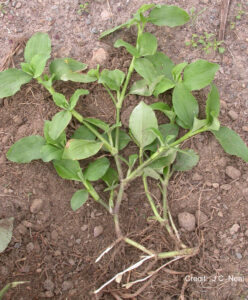
Tropical spiderwort (Commelina benghalensis), a noxious weed, has been found in several landscape beds in Raleigh. See a fact …
The US Environmental Protection Agency requires that all individuals working with pesticides labeled for respiratory protection complete the following …
All persons planning to apply dicamba (Engenia, FeXapan, or XtendiMax) to Xtend cotton or soybeans or 2,4-D (Enlist Duo …

Ageratum conyzoides (tropic ageratum or billygoat weed) is a South American species that is now a common weed in …

No, I’m not talking about your brother-in-law. Thickhead or redflower ragleaf (Crassocephalum crepidioides) is an introduced weed that I’m …
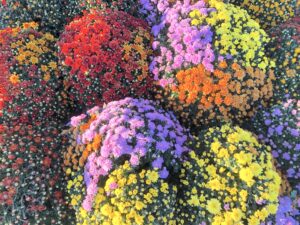
July is the month when mum producers start seeing wilting plants due to Pythium root rot, with more cases …
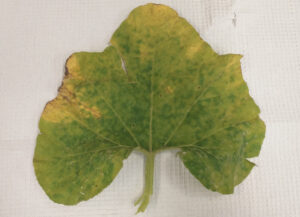
Written by Mariana Prieto-Torres, Savithri Purayannur, Mike Adams, and Lina M. Quesada-Ocampo Pseudoperonospora cubensis, the causal agent of cucurbit downy …
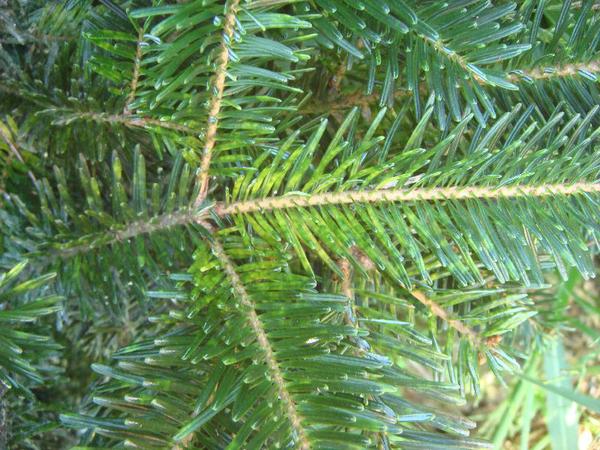
This publication describes the symptoms, life cycle and control of the elongate hemlock scale, a …
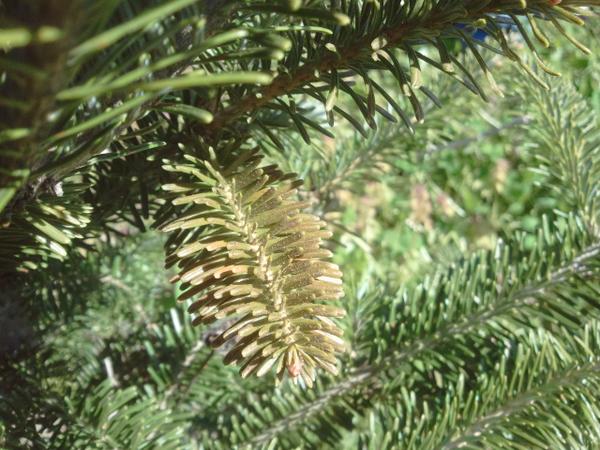
This publication describes the life cycle and control of the hemlock rust mite, which causes …
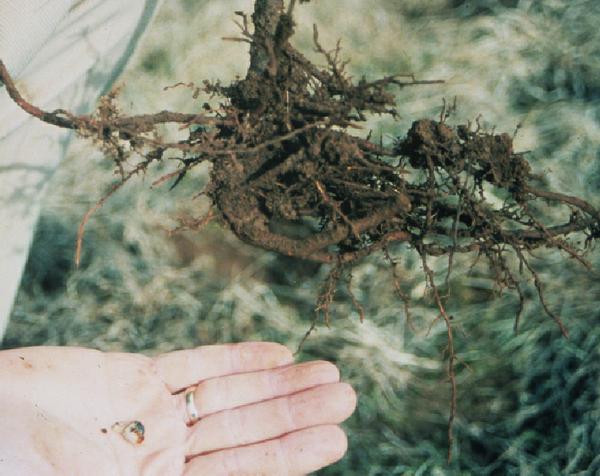
This publication covers the identification, life cycles and treatment of several species of insects, such …

This factsheet, part of the Insect and Related Pests of Vegetables publication, includes an identification …

This factsheet, part of the Insect and Related Pests of Vegetables publication, includes an identification …

This factsheet, part of the Insect and Related Pests of Vegetables publication, includes an identification …

This factsheet, part of the Insect and Related Pests of Vegetables publication, includes an identification …

This factsheet, part of the Insect and Related Pests of Vegetables publication, includes an identification …